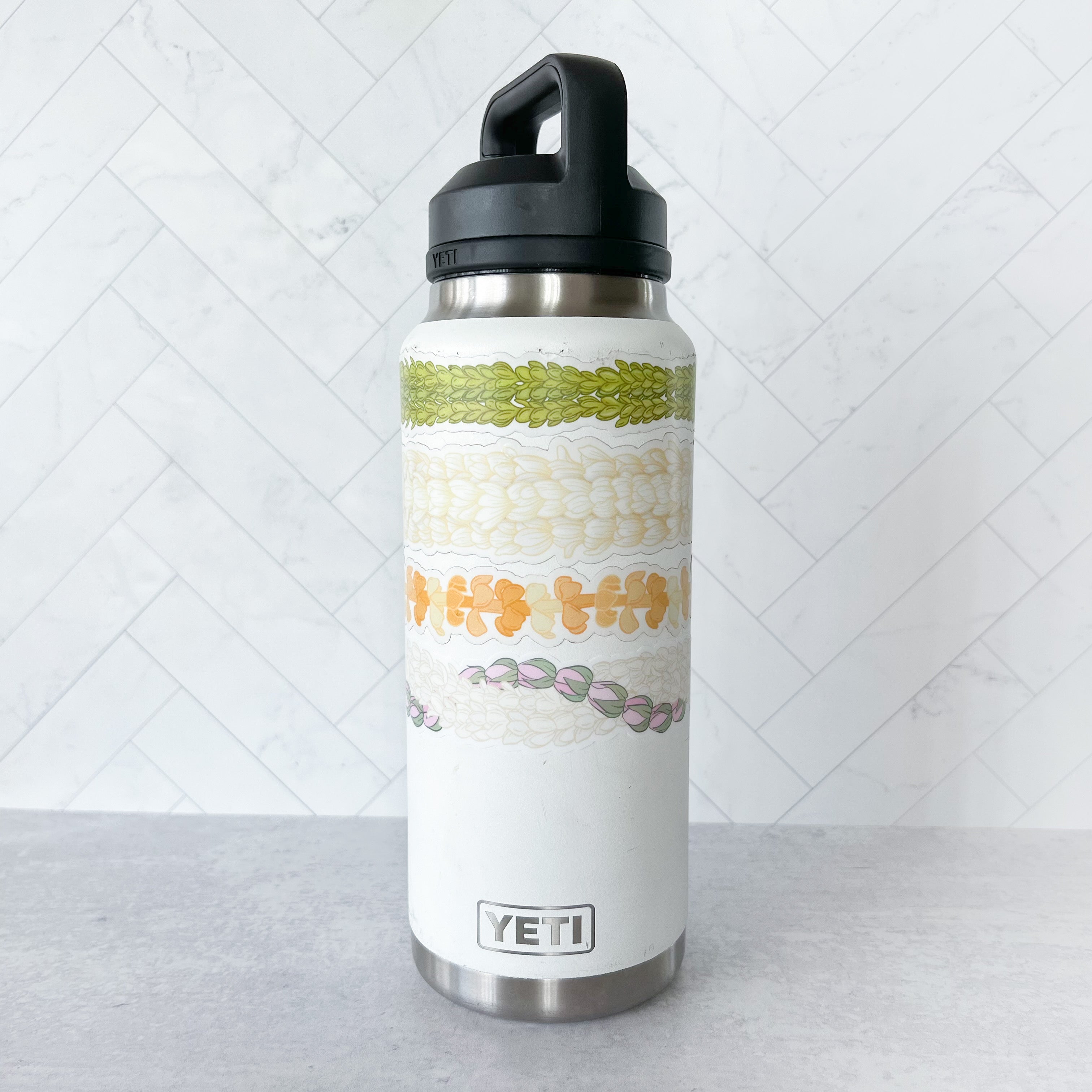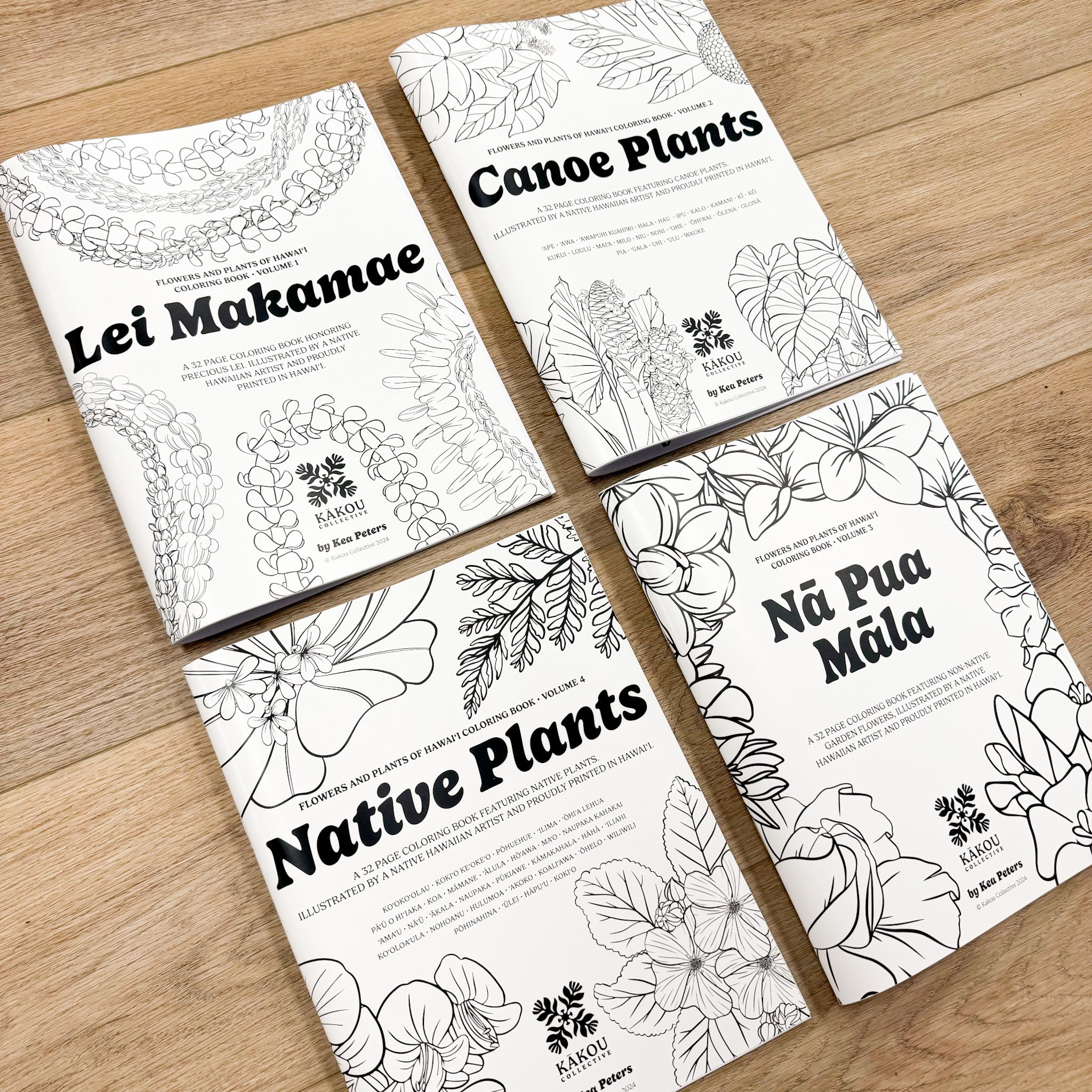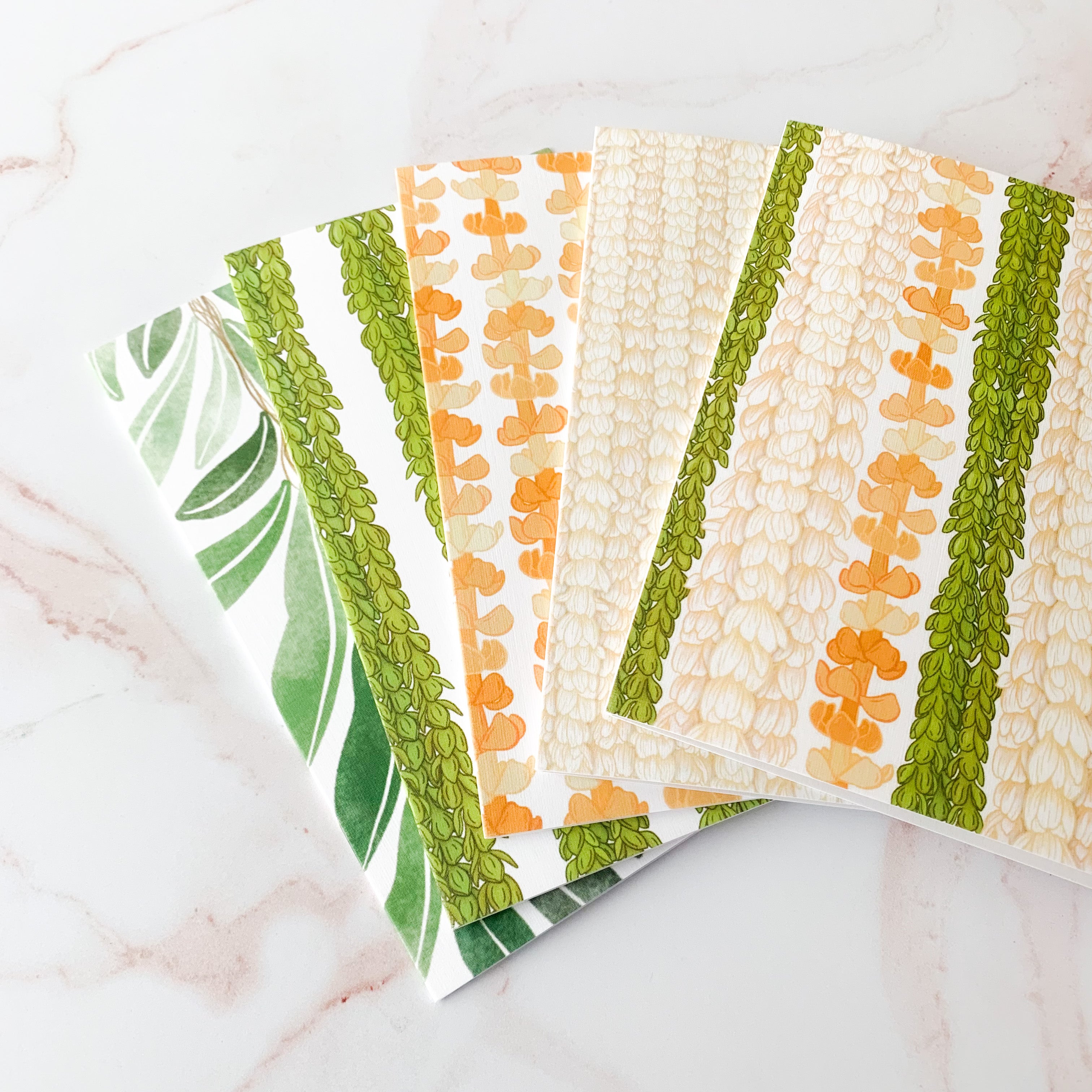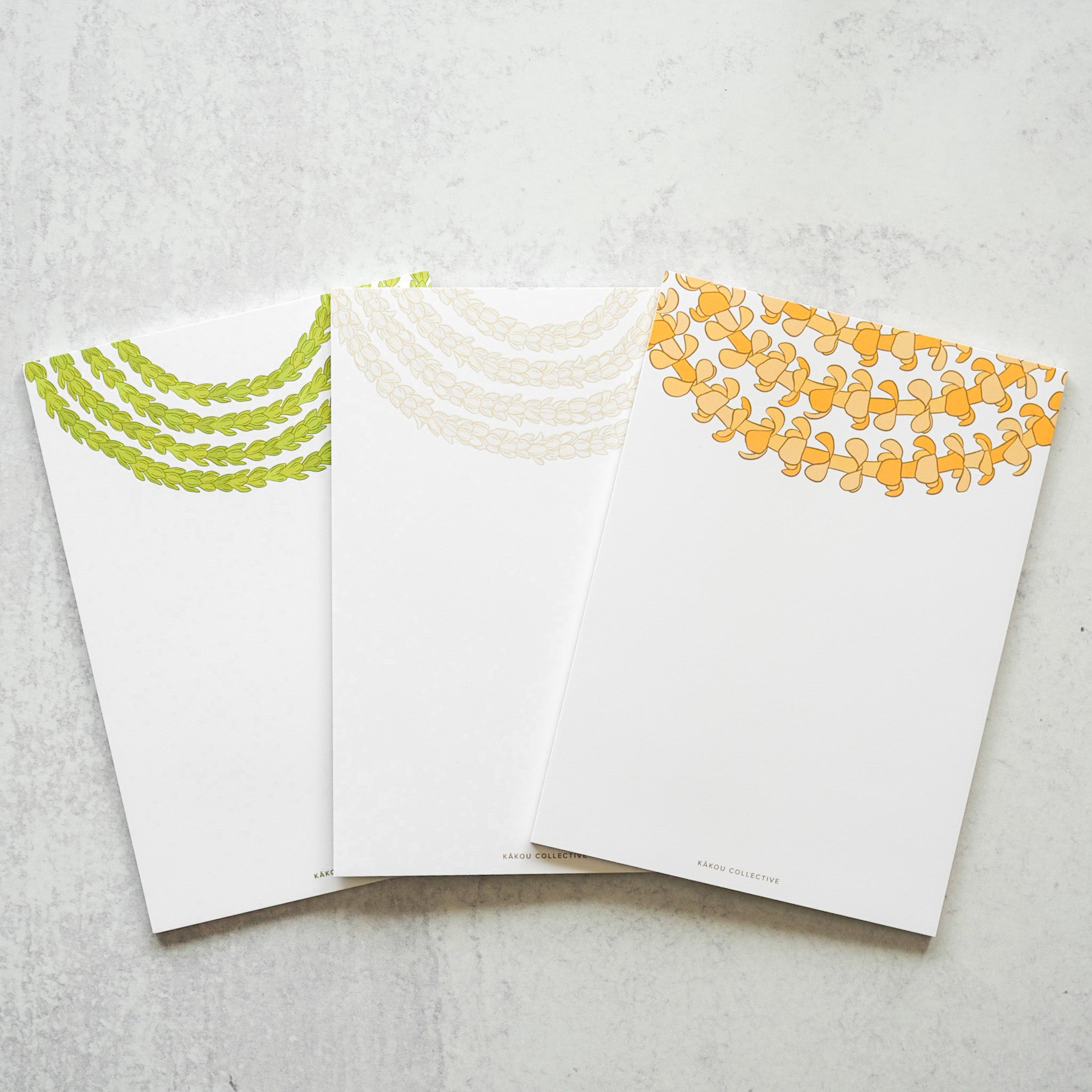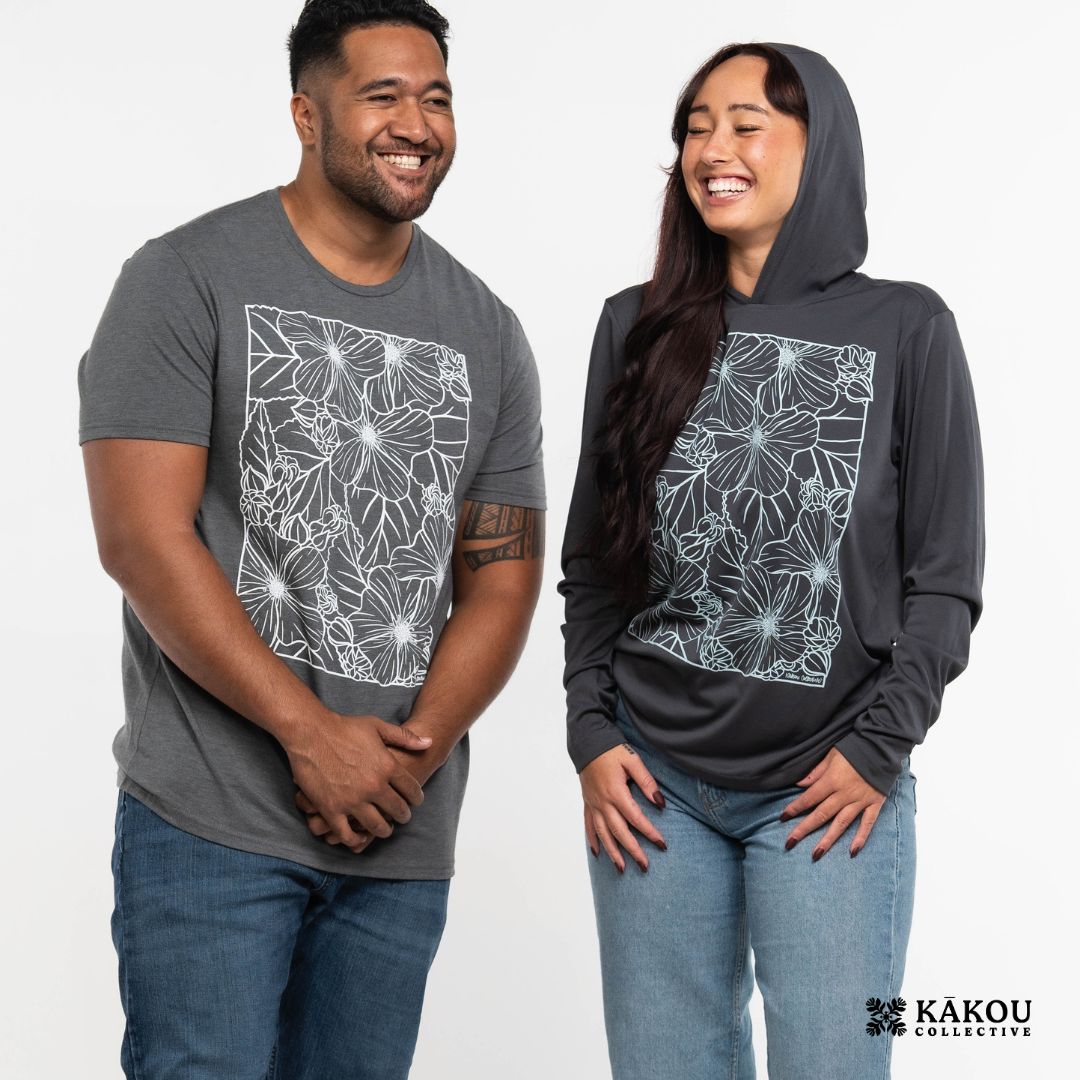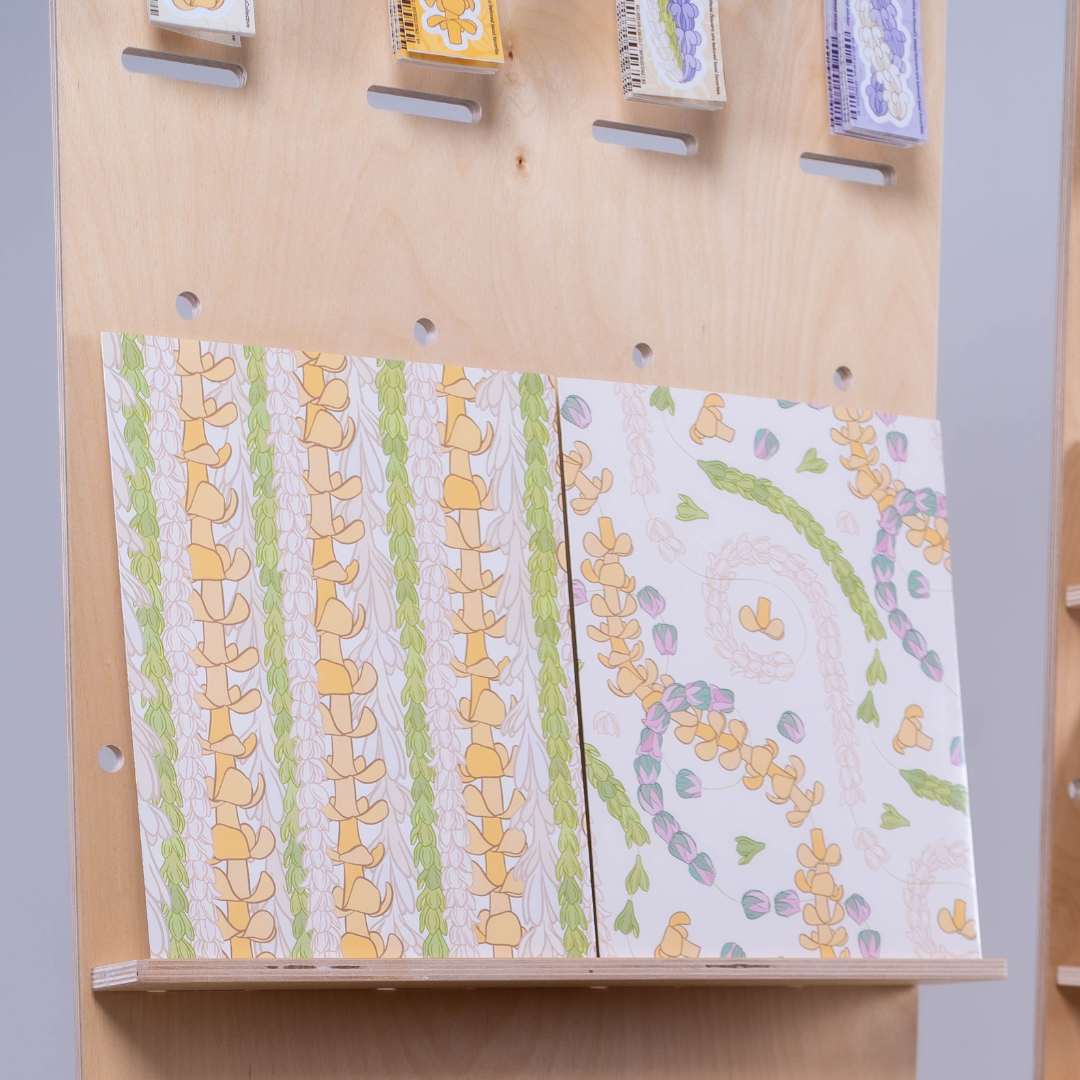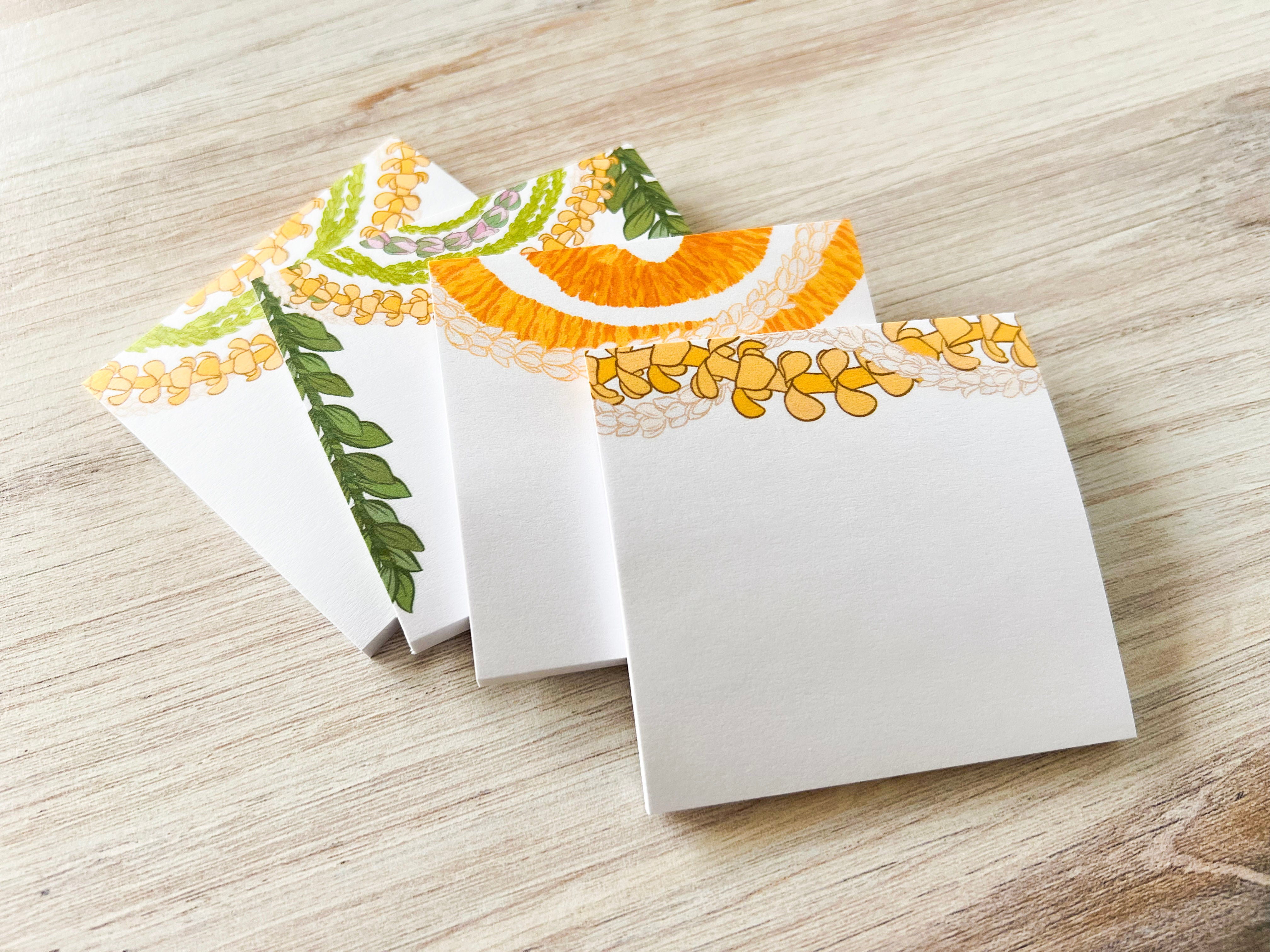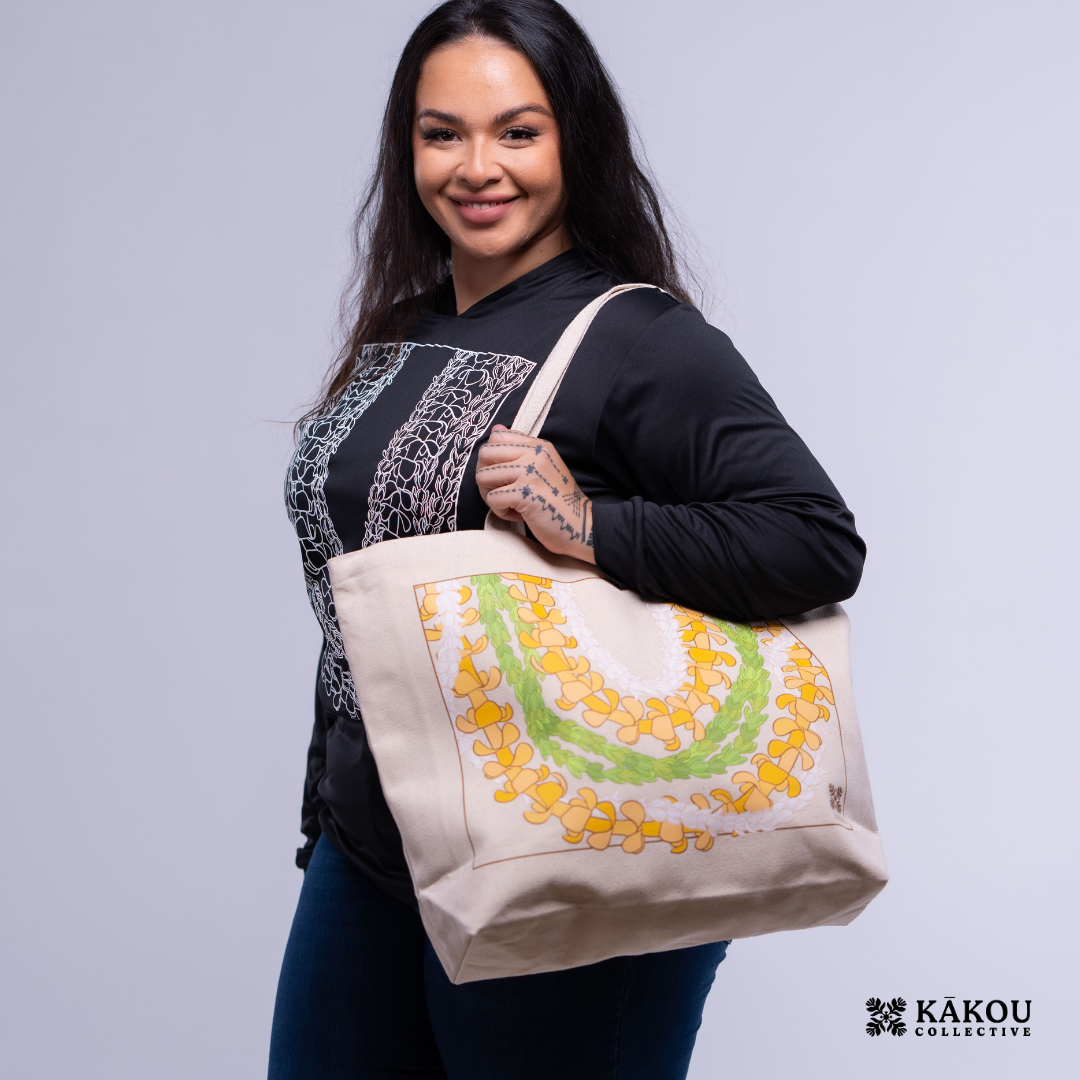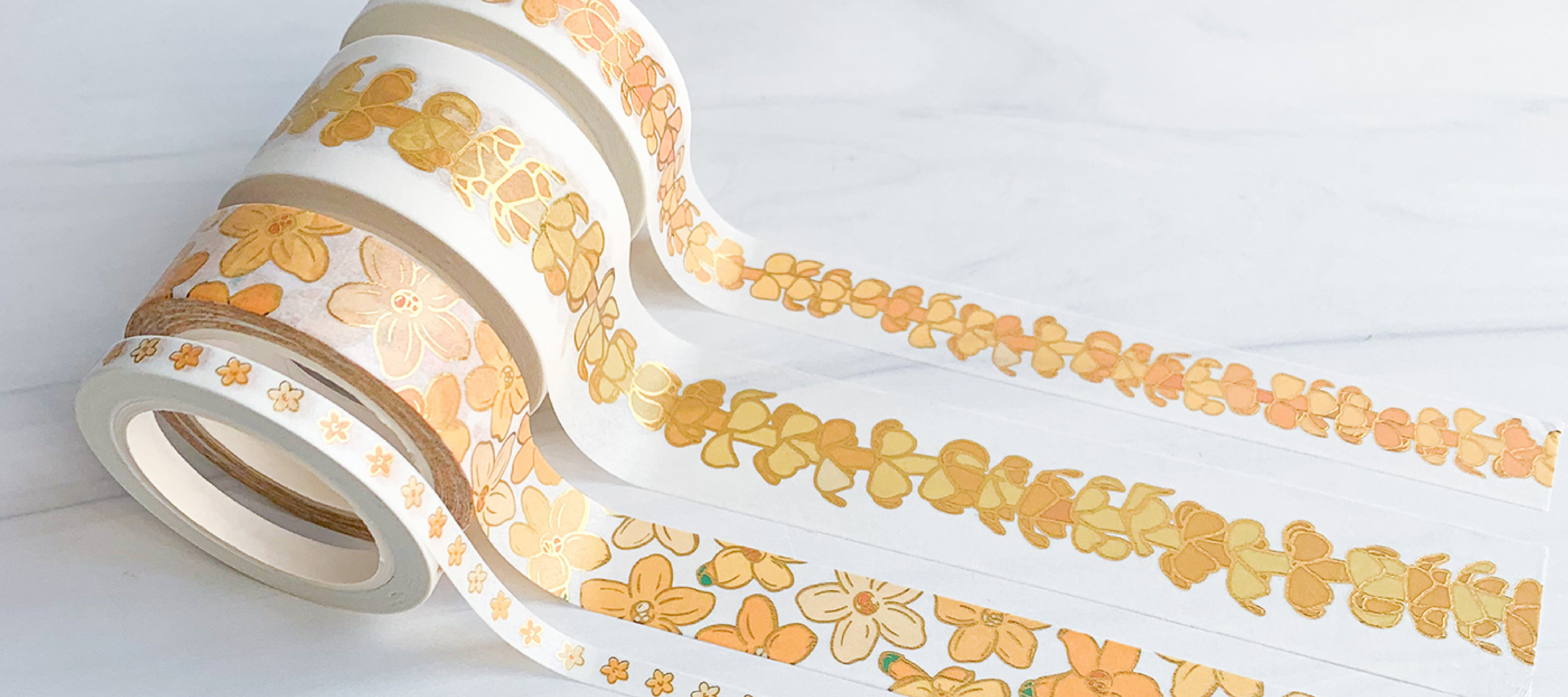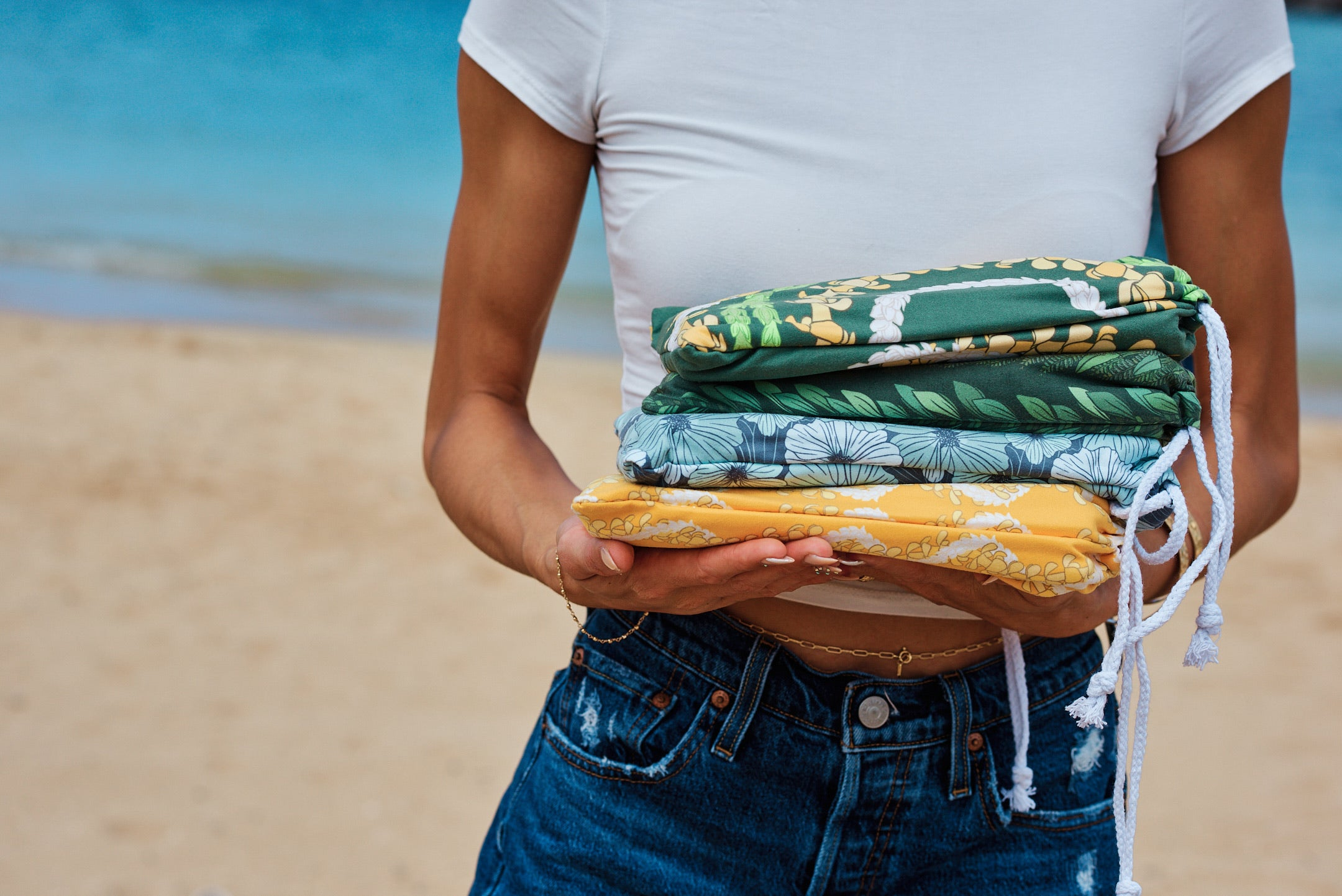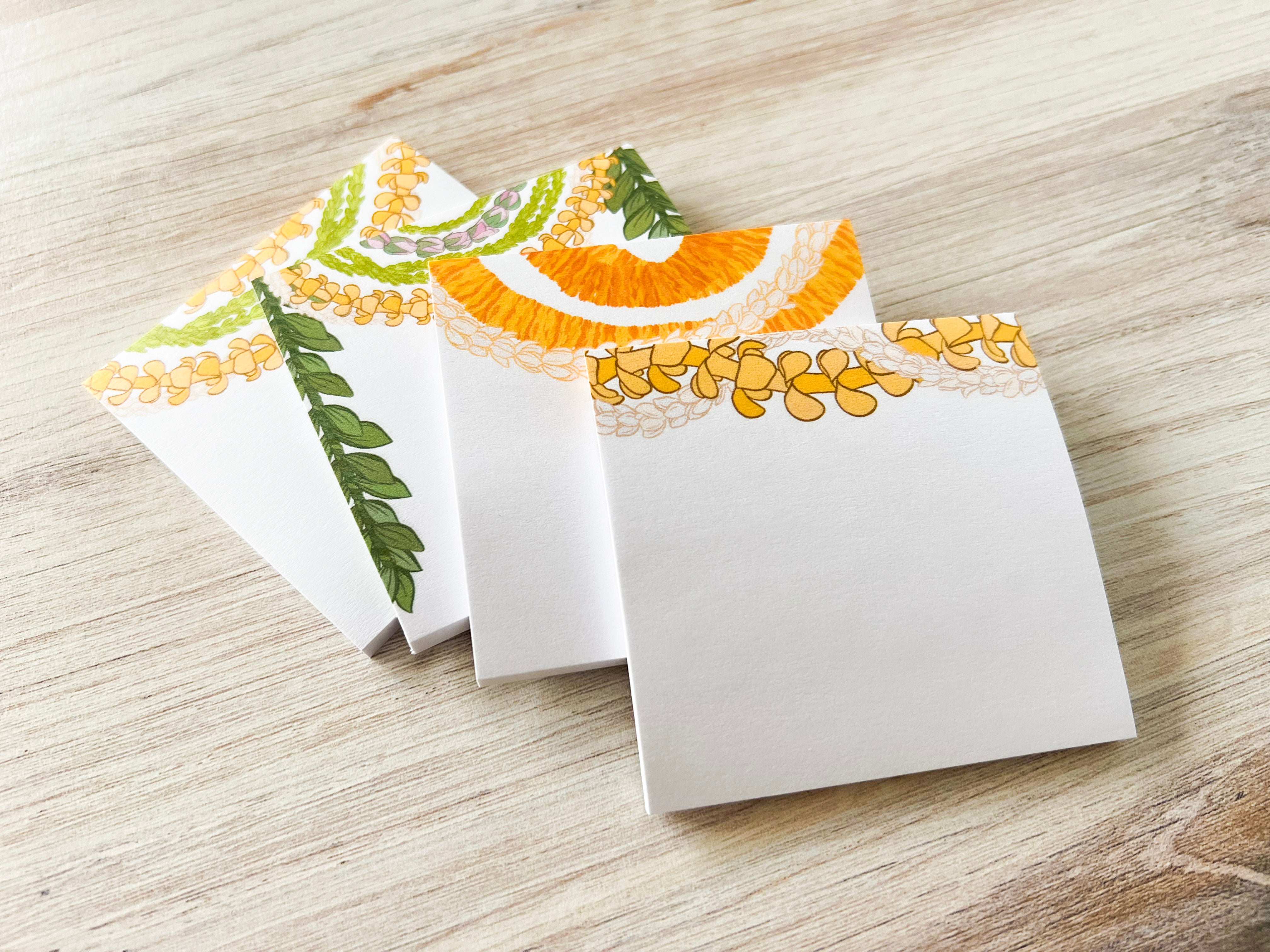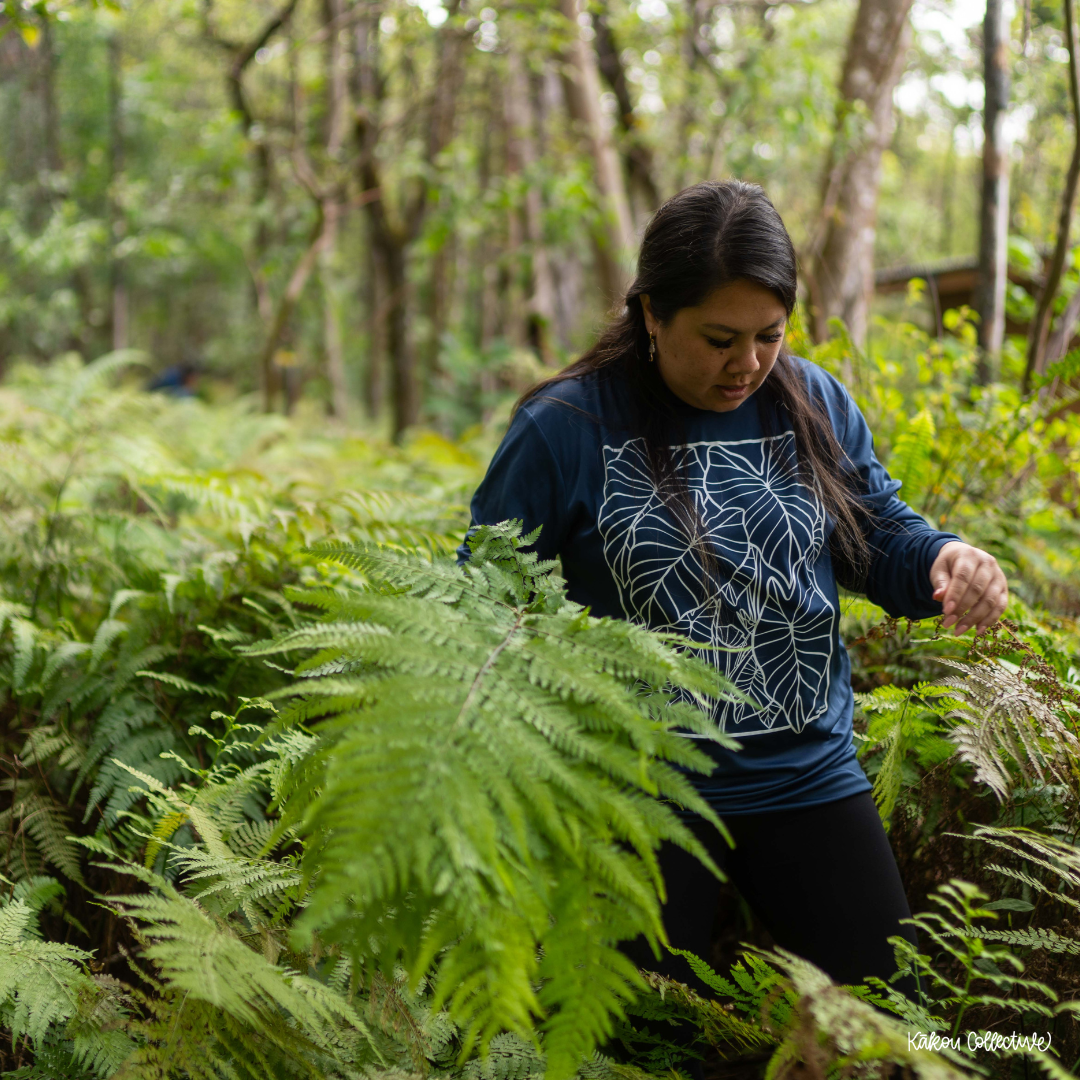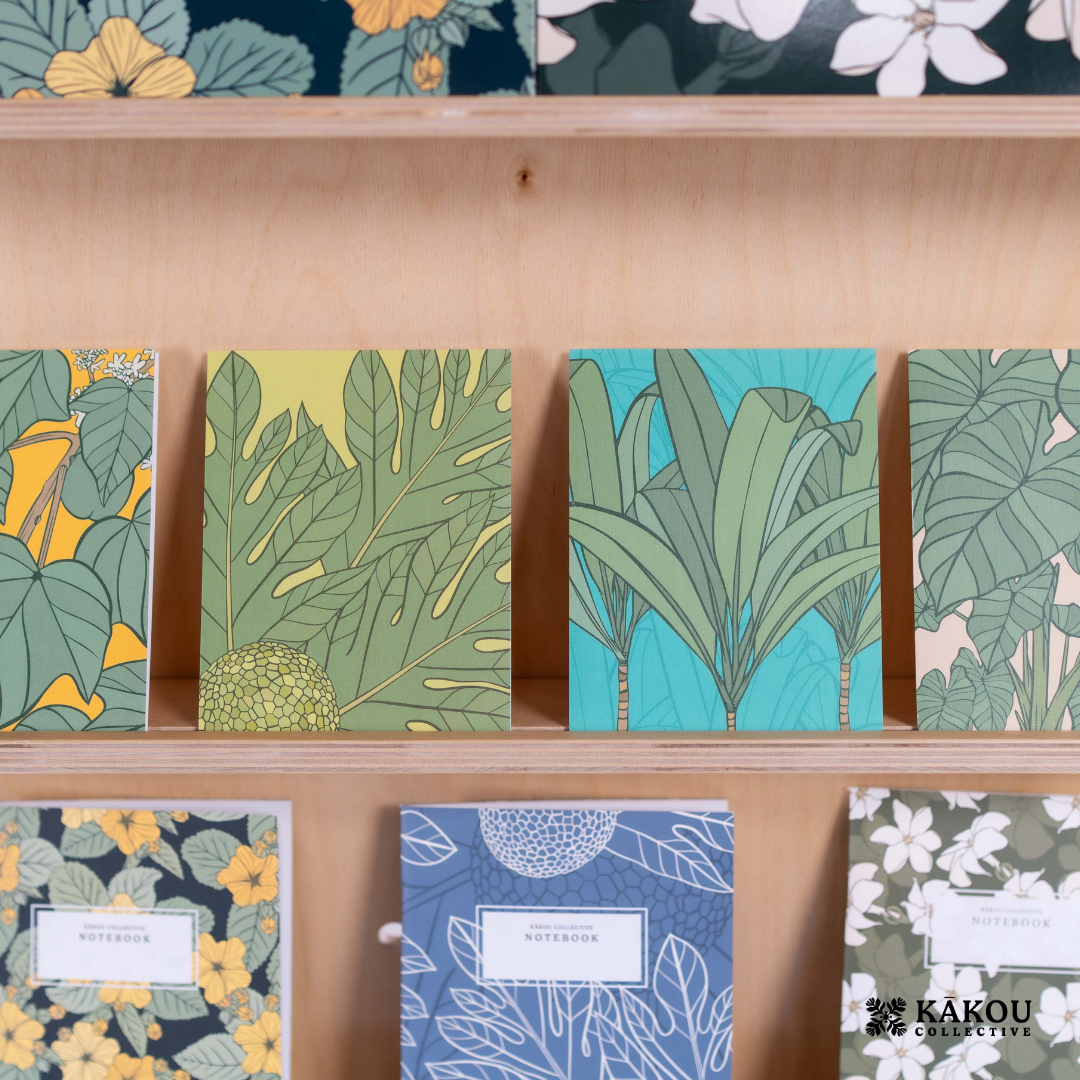Nāʻū: The Endemic Gardenia of Hawaiian Forests
Deep in the forests of Hawaiʻi grows a precious endemic treasure – the nāʻū (Gardenia brighamii), one of the rarest members of the coffee family (Rubiaceae). This small native tree, with its delicate white flowers and intoxicating fragrance, tells a story of both Hawaiian cultural heritage and modern conservation challenges.

A Botanical Marvel
The nāʻū stands as a testament to Hawaiʻi's remarkable evolutionary history. Growing to heights of 15-20 feet, this small tree bears distinctive glossy leaves and produces spectacular white flowers that can reach up to 2 inches in diameter. Like its cousin, the more commonly known gardenia, the nāʻū's blooms emit a sweet, memorable fragrance that once perfumed large swaths of Hawaiian lowland forests.
What makes this species truly special is its perfect adaptation to Hawaiʻi's unique environment over millions of years of isolation. The flowers, which bloom throughout the year but peak in early spring, open in the evening and release their strongest fragrance at night – an evolutionary strategy to attract native moths for pollination.
Cultural Significance
For Native Hawaiians, the nāʻū was far more than just a beautiful forest dweller. The hard, yellow-orange wood of the tree was highly valued for its strength and density, used to craft tools and weapons, including the prized ʻōʻō (digging stick) and various implements for fishing.
The flowers, prized for their intense fragrance, were used to scent kapa (bark cloth) and were often woven into lei for special occasions. The yellow-orange fruit pulp served as a natural dye, creating vibrant colors for traditional kapa decoration.
Contemporary Native Hawaiian Artists and Cultural Renaissance
Today, Native Hawaiian artists like Kea Peters, founder of Kakou Collective, are leading a powerful movement to incorporate endemic species like nāʻū into contemporary art and design. This intentional inclusion serves multiple crucial purposes in the ongoing cultural renaissance of Hawaiʻi.
By featuring nāʻū in artistic works, artists like Peters help perpetuate traditional knowledge about native plants that many Hawaiians have lost connection with due to colonization and urbanization. The presence of nāʻū in contemporary art creates opportunities for dialogue about indigenous plants, traditional practices, and the importance of environmental stewardship.
This artistic representation also serves as a form of cultural preservation and resistance. When Native Hawaiian artists incorporate endangered species like nāʻū into their work, they're not just creating beautiful pieces – they're documenting and celebrating living connections to their ancestors' knowledge and practices. Each artwork becomes a visual moʻolelo (story) that educates viewers about Hawaii's unique botanical heritage and the urgent need for its preservation.
Furthermore, these artistic interpretations help make traditional ecological knowledge accessible to younger generations of Hawaiians, fostering a sense of kuleana (responsibility) towards these precious species. By seeing nāʻū represented in contemporary contexts, young people can better understand their role in protecting and perpetuating both the physical plant and its cultural significance.
A Species on the Brink
Today, the nāʻū faces a critical battle for survival. Once common in the dry to mesic forests across the Hawaiian islands, wild populations have been decimated by a perfect storm of threats:
- Habitat loss due to urban development and agricultural expansion
- Competition from invasive species
- Damage from introduced animals, particularly goats and rats
- Black twig borer infestations
- Loss of native pollinators
Current estimates suggest fewer than 50 individual plants remain in the wild, primarily on the islands of Oʻahu and Lanaʻi, making it one of Hawaiʻi's most endangered plant species.
Conservation Efforts
Despite these challenges, hope remains for the nāʻū. Conservation organizations and botanical gardens across Hawaiʻi are working tirelessly to preserve and propagate this species. The Waimea Valley Arboretum, Harold L. Lyon Arboretum, and National Tropical Botanical Garden maintain collections of nāʻū and are actively involved in propagation efforts.
These programs face unique challenges – nāʻū seeds have low viability and specific germination requirements, making propagation difficult. However, successful tissue culture techniques have been developed, offering new hope for increasing populations.
Looking Forward
The story of the nāʻū serves as both a warning and an inspiration. It reminds us of the fragility of island ecosystems and the urgent need to protect Hawaiʻi's unique botanical heritage. Yet it also demonstrates the dedication of conservationists and cultural practitioners working to ensure this sacred plant continues to grace Hawaiian forests for generations to come.
For those interested in supporting nāʻū conservation, consider:
- Supporting local botanical gardens and conservation organizations
- Learning about and sharing the story of this precious endemic species
- Participating in native plant restoration projects
- Advocating for the protection of remaining Hawaiian dry forest habitats
The nāʻū, like many of Hawaiʻi's endemic species, represents more than just a plant – it's a living connection to the islands' natural and cultural heritage, worthy of our attention and protection.
Note: The Hawaiian language contains diacritical marks called kahakō (macrons) and ʻokina (glottal stops) that are essential to proper pronunciation and meaning. These have been included throughout this article to honor and accurately represent the Hawaiian language.


